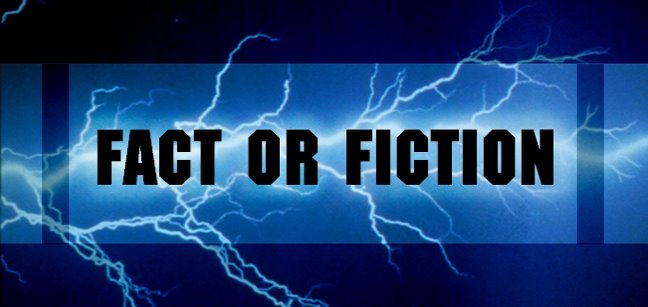The name "Atom" comes from the Greek: τομος/átomos, α-τεμνω, which means uncuttable, something that cannot be divided further.
The atom is the smallest unit of an element that retains the chemical properties of that element. An atom has an electron cloud consisting of negatively charged electrons surrounding a dense nucleus. The nucleus contains positively charged protons and electrically neutral neutrons. When the number of protons in the nucleus equals the number of electrons, the atom is electrically neutral; otherwise it is an ion and has a net positive or negative charge. An atom is classified according to its number of protons and neutrons: the number of protons determines the chemical element and the number of neutrons determines the isotope of that element.
The atom is the smallest unit of an element that retains the chemical properties of that element. An atom has an electron cloud consisting of negatively charged electrons surrounding a dense nucleus. The nucleus contains positively charged protons and electrically neutral neutrons. When the number of protons in the nucleus equals the number of electrons, the atom is electrically neutral; otherwise it is an ion and has a net positive or negative charge. An atom is classified according to its number of protons and neutrons: the number of protons determines the chemical element and the number of neutrons determines the isotope of that element.

In the Standard model of physics, both protons and neutrons are composed of elementary particles called quarks. The quark is a type of fermion and is one of the two basic constituents of matter—the other being the lepton, of which the electron is an example. There are six types of quarks, each having a fractional electric charge of either +2/3 or −1/3. Protons are composed of two up quarks and one down quark, while a neutron consists of one up quark and two down quarks. This distinction accounts for the difference in mass and charge between the two particles. The quarks are held together by the strong nuclear force, which is mediated by gluons. The gluon is a member of the family of gauge basons, which are elementary particles that mediate physical forces.



No comments:
Post a Comment